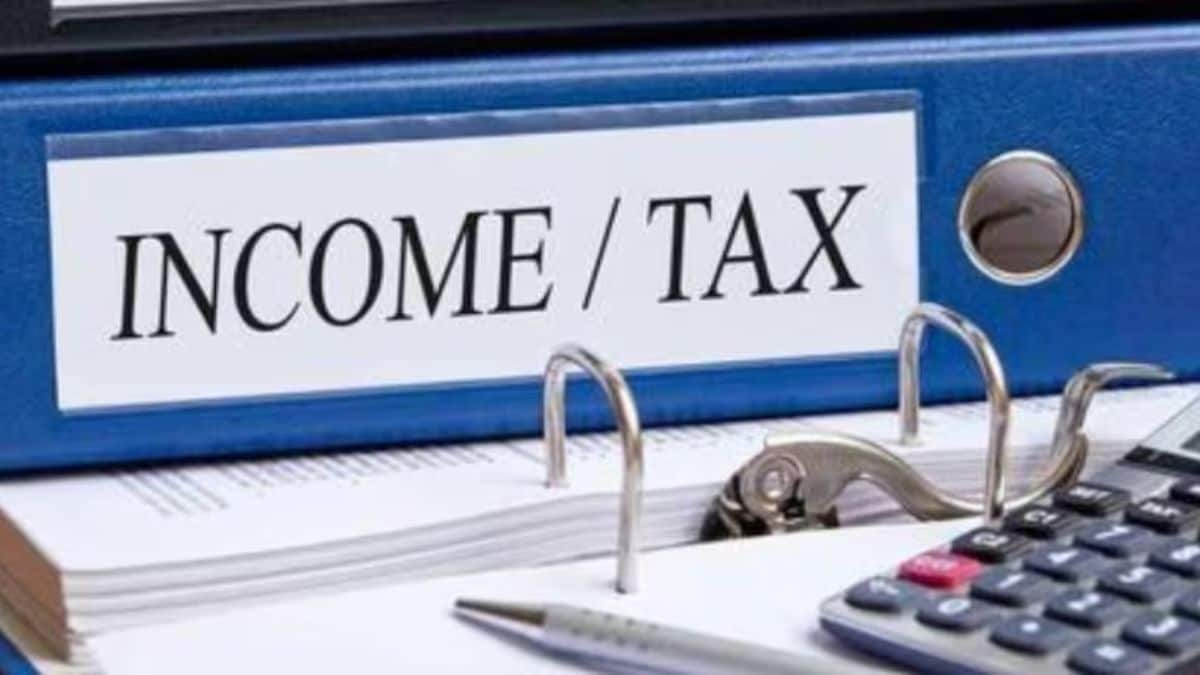Understanding TDS Basics
Tax Deducted at Source (TDS) is a mechanism used by the Indian government to collect income tax. It involves deducting tax at the source of income, such
as salaries, interest, and professional fees. This helps the government to get tax revenue promptly and reduces tax evasion. If the TDS deducted is more than your actual tax liability, you are eligible for a refund. This guide focuses on how to claim this refund, especially concerning Fixed Deposits (FDs) and the ITR filing process. The aim is to make the process less confusing and more accessible to individual taxpayers in India. Remember that correctly reporting your TDS ensures you receive the tax refund you are entitled to.
Reporting TDS on FDs
Interest earned on Fixed Deposits (FDs) is subject to TDS. Banks deduct this tax at the rate applicable at the time of interest payout. When filing your Income Tax Return (ITR), it's crucial to report the TDS deducted on your FDs. This ensures that the tax deducted is correctly accounted for and you can claim a refund if applicable. You will need to have details like the bank's name, the TDS amount, and the interest earned for each FD. Correctly reporting this information is vital for accurate tax calculations. If you have multiple FDs, ensure you include all the necessary details to reconcile your income and TDS accurately. This thorough reporting prevents any discrepancies that could delay your refund or cause issues during the tax assessment process.
ITR Filing Deadline
The deadline for filing Income Tax Returns (ITR) is a critical date that all taxpayers must note. In the context discussed, the last date to file ITR has been indicated as September 15. Filing your return by this date is essential to avoid penalties and potential interest charges on unpaid taxes. It also ensures that you are able to claim your TDS refund within the stipulated timeframe. It's wise to keep all the necessary documents ready well in advance of the deadline to avoid any last-minute rush. Filing your ITR before the deadline is not just a regulatory requirement; it’s a way to ensure you do not miss out on any refund you are due and to maintain financial compliance.
Avoiding TDS Deduction
In some cases, you might be able to avoid or reduce TDS deductions. For instance, if your total income falls below the taxable limit, you can submit Form 15G or 15H (depending on age) to the bank. These forms declare that your income is below the taxable threshold, which exempts you from TDS. It's beneficial to submit these forms at the beginning of the financial year. By doing so, you might prevent TDS deductions from the start. However, it's important to calculate your income accurately before submitting these forms. Submitting these forms incorrectly could lead to penalties or complications with your tax returns, hence, accurate assessment is highly advised before making the submission.
Steps for TDS Refund
To claim your TDS refund, you must accurately report all TDS details when filing your ITR. Ensure you provide correct information about all income sources and the TDS deducted against them. This includes details from your Form 26AS, which is a consolidated tax statement showing the TDS deducted against your PAN. After filing, the Income Tax Department processes your return, and if the TDS deducted exceeds your tax liability, the refund is issued. It usually gets credited directly to your bank account linked with your PAN. Keep track of your ITR filing status online to monitor the progress of your refund request. Any errors in your filing can delay the process, so it’s imperative to be thorough and accurate while providing information.
Importance of Form 26AS
Form 26AS is a critical document when claiming a TDS refund. It is an annual consolidated tax statement that provides a comprehensive view of all the taxes deducted on your income, and it contains all the details of TDS deducted by different entities like banks and employers. You can access your Form 26AS on the Income Tax Department's e-filing portal after registering. The information in Form 26AS needs to match the details you provide in your ITR. Ensure that all details are correct and up-to-date; this will help you claim a refund more quickly. By verifying the information in your Form 26AS with your income details and TDS certificates, you can minimize discrepancies and ensure an accurate claim. If any discrepancies occur, you should immediately take corrective action.













